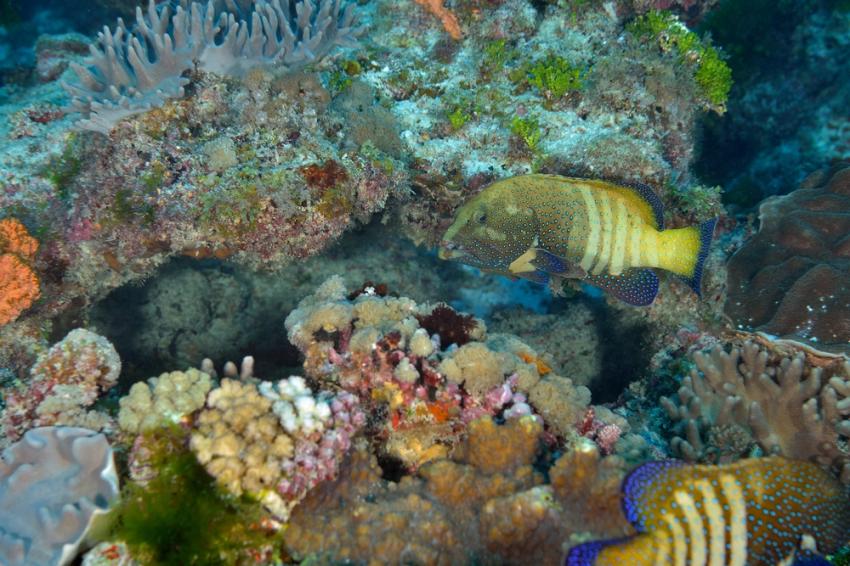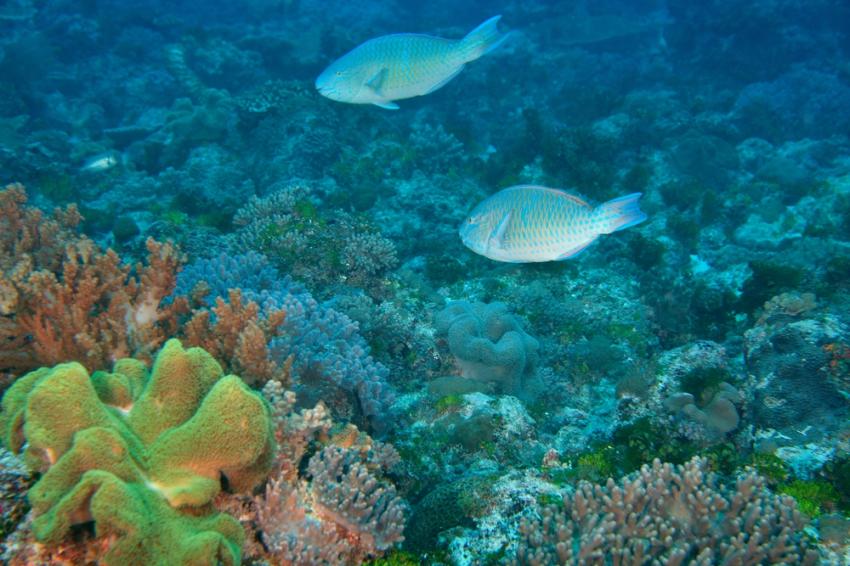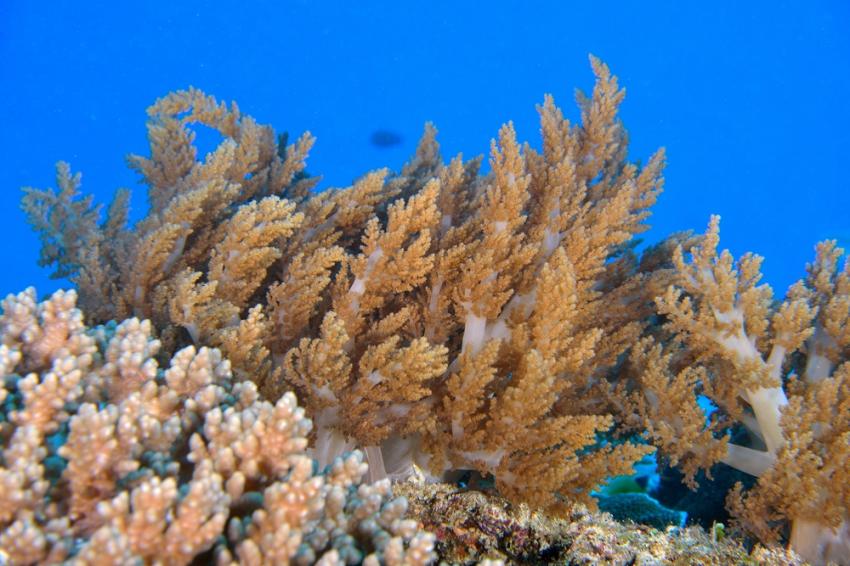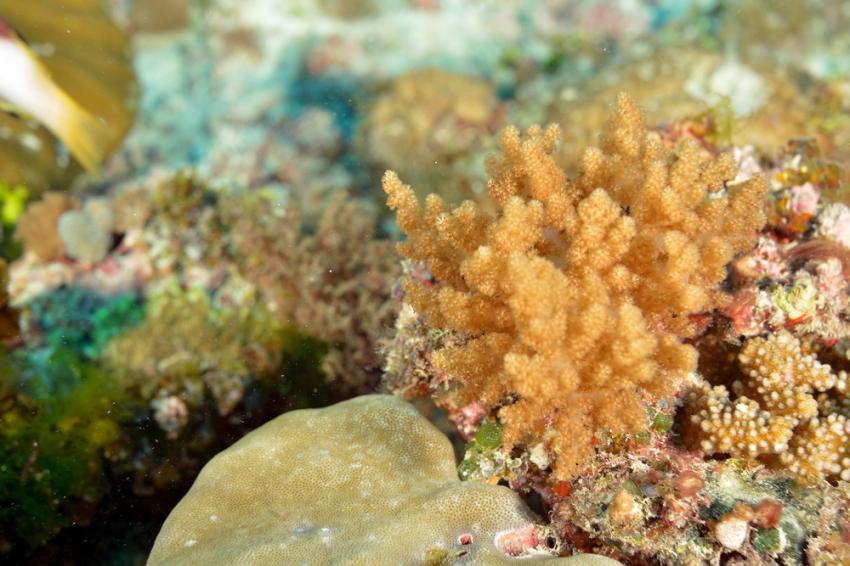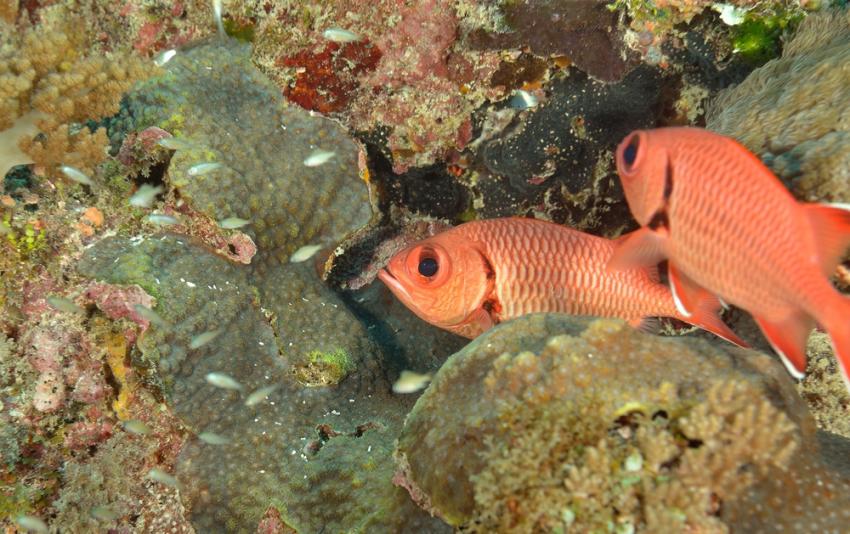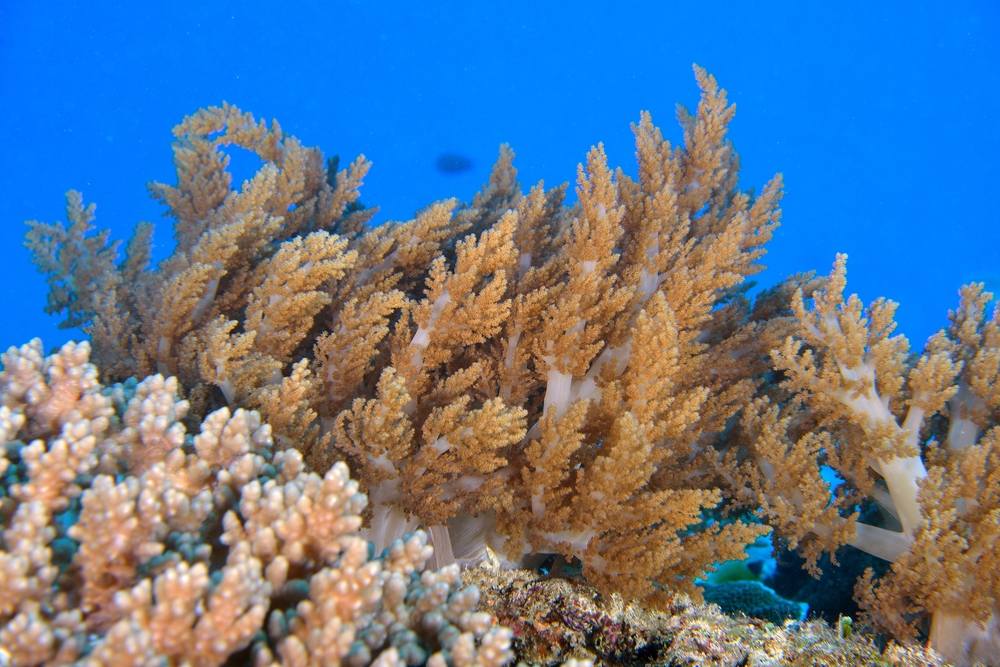
Liveaboard Diving in Tanzania
Tanzania is located on the eastern coast of Africa and has an Indian Ocean coastline that is approximately 800km/500mi long. It also incorporates several offshore islands, including Unguja (Zanzibar), Pemba, and Mafia. Zanzibar is the largest and most famous island, as well the most developed. Scuba diving in Tanzania is a special and exciting experience. Diving in Tanzania has something for everyone. Pemba's surrounding smaller islands each have picturesque coral reefs and drop-offs. Mafia Island is extremely remote due to its location, but the reefs are worth the trip, with green and hawksbill turtles breeding at its protected marine reserve. Zanzibar, Pemba and Mafia are home to incredible and various marine life. To the north and west lie Lake Victoria, Africa's largest lake, and Lake Tanganyika, the continent's deepest lake, known for its unique species of fish. To the southwest lies Lake Nyasa. Tanzania is bordered by Kenya and Uganda to the north, Rwanda, Burundi, and the Democratic Republic of the Congo to the west, and Zambia, Malawi, and Mozambique to the south. The capital of Tanzania is Dodoma. Kilimanjaro, Africa's highest mountain, is in northeastern Tanzania. Tanzania is a country with great national parks, where you can see some of the finest African flora and fauna. Tanzania has four international airports, along with over 100 small airports or landing strips. There are two major airports: Julius Nyerere International Airport in Dar es Salaam and Kilimanjaro International Airport in Kilimanjaro. Diving in Tanzania is amazing and is suitable for divers of all levels of experience. Wall dives, night dives, and drift dives can be done here. Marine life is abundant and includes pelagics such as jacks, schools of yellowfin tuna, wahoo, honeycomb grouper, hawksbill and green turtles, shoals of blue line and red snappers, fusiliers, rainbow runners, stingrays and eagle rays, great barracudas, large Napoleon wrasses, big moray eels, large schools of reef fish, camouflaged scorpionfish, crocodilefish, soft and hard corals, multi-colored sponges, lots of crabs, shrimp, nudibranches, flat worms, guitar sharks, blue spotted stingrays, ribbon eels, fire dartfish, leaf fish, manta rays, humpback whales, whale sharks, and dolphins.
Must See Tanzania Dive Sites
When To Go Diving in Tanzania
Tanzania's climate is humid and hot in low-lying areas, such as Dar es Salaam, and hot during the day and cool at night in Arusha. There are two seasons: the dry and wet. The average temperature is 23C/73F in January and 20C/68F in July. Tanzania also has two rainy seasons. The short rainy season is from late October to late December, and the long rainy season is from March to May. During the dry season, temperatures can easily soar to above 35C/95F. The water visibility averages 20-60m/66-197ft and the average water temperature is 27C/81F. Diving is possible all year round.
